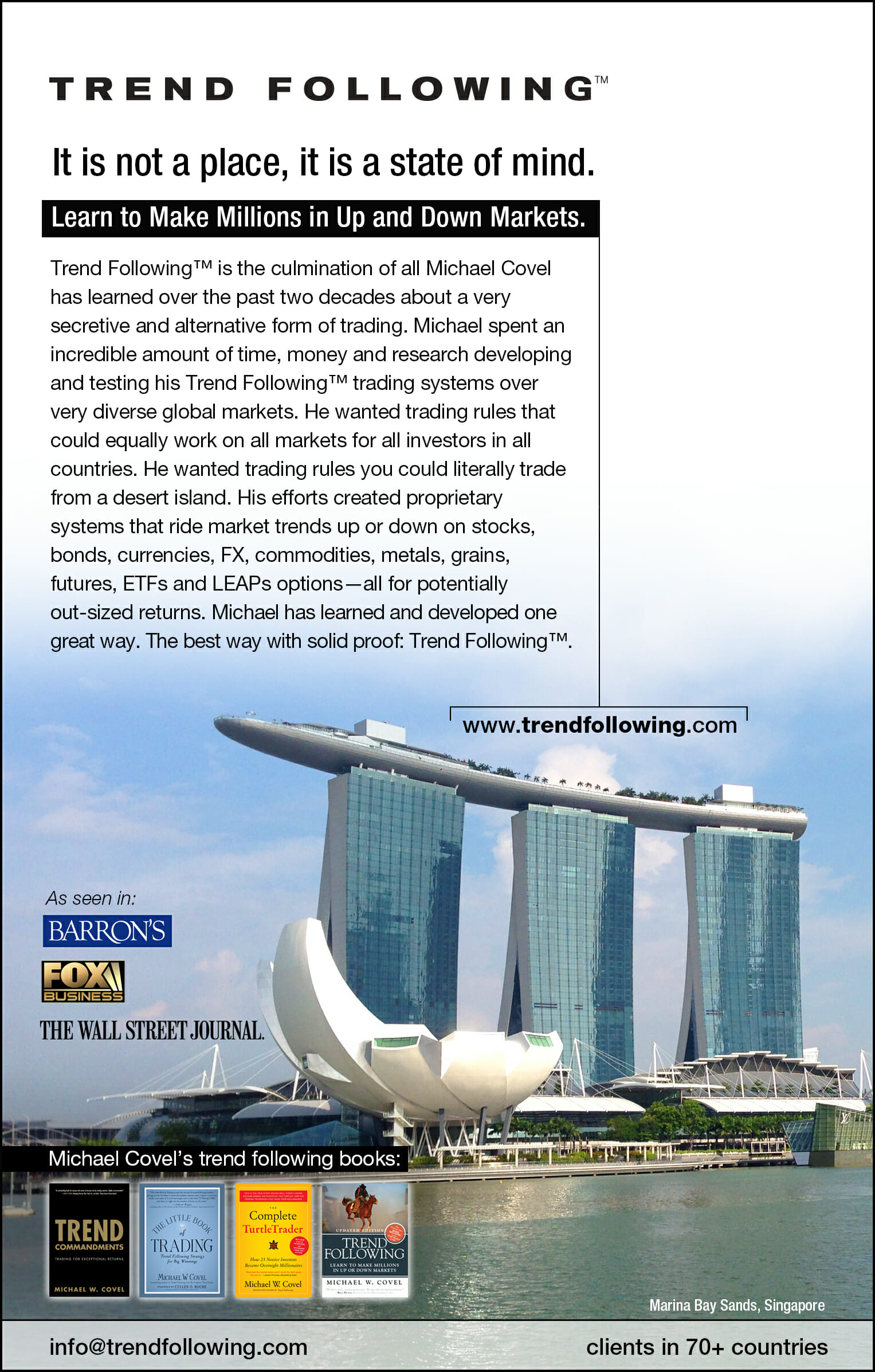Q. What do you mean exactly with this excerpt from your site:
When examining example performance numbers realize annualized numbers for managers are all net of management and incentive fees. What does this mean? Those numbers reflect performance after the individual trader has taken their approximate 20-25% cut. Hypothetically, if one trend followed alone numbers would be nearly 25% higher since there are no performance fees to pay.
A. Good question. Assume a trader has generated roughly 23% a year for 25 years. The 23% is after fees. The trader takes 25% of all profits he generates. That is his fee clients pay him. The 23% number is after he takes his 25% cut. Still not clear? Let’s say the trader makes 100% on 1 million dollars over 1 year. He actually made 100% as a Trend Follower, but due to regulation is only allowed to report that he made 75% since 25% was his fee. By subtracting his fee it actually distorts how well he actually did. Take for example a 20% one month return. It’s not really indicative of how successful that trader did. Take his return and divide it by (1 minus the incentive fee). 20% return for June divided by (1 minus 0.25) 0.20/0.75 = 0.2666 return or really 27% for the month of June!
Why do dig so deep into this issue? When you look at public trend following money managers realize they always win much more than the number reported!
Trend Following Products
Review trend following systems and training:

More info here.
